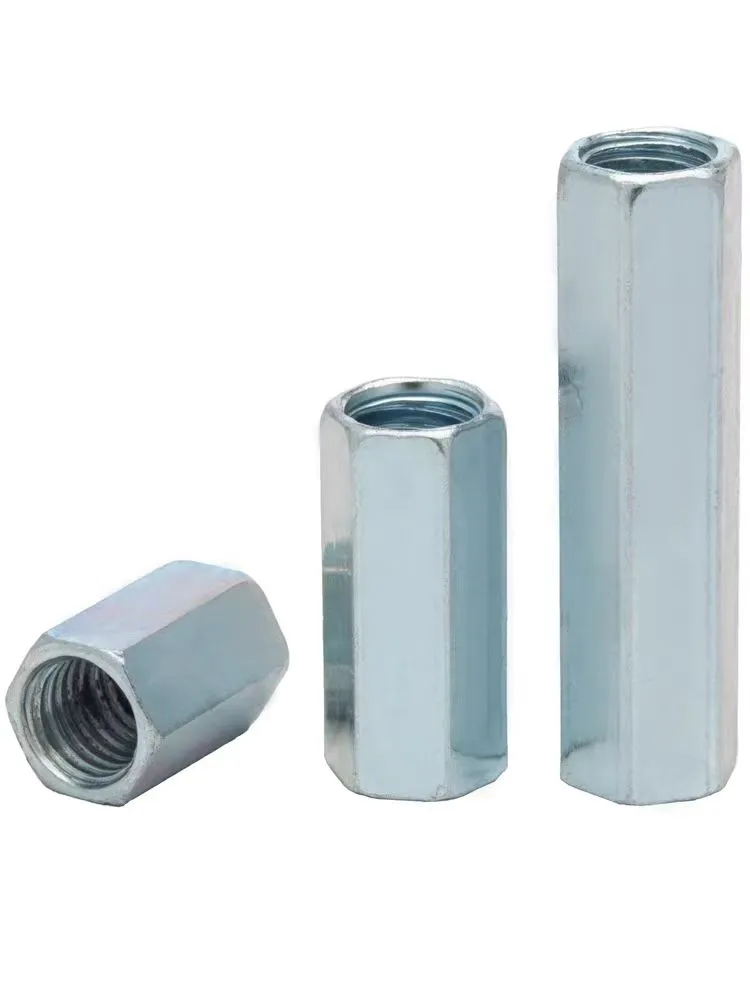

choosing the right self-tapping screws for effective gutter
Sep . 19, 2024 05:29 Back to list
choosing the right self-tapping screws for effective gutter
Choosing the Right Self-Tapping Screws for Effective Gutter Installation
When it comes to installing gutters, selecting the right hardware is just as important as the gutter material itself. Among these hardware options, self-tapping screws stand out due to their unique advantages, helping ensure a robust and durable gutter system. Understanding the types of self-tapping screws available and their specific applications can help you make informed decisions that enhance the longevity and efficiency of your gutter installation.
What are Self-Tapping Screws?
Self-tapping screws are designed to create their own hole as they are driven into materials without the need for pre-drilling. This feature makes them incredibly useful for various applications, especially in gutter installation, where efficiency and speed are paramount. By utilizing a self-tapping screw, you can significantly reduce installation time while ensuring a secure fit.
Material Selection
One of the first considerations in choosing self-tapping screws for gutter installation is the material they are made from. Common options include stainless steel, zinc-plated steel, and aluminum. Stainless steel screws are highly resistant to corrosion, making them ideal for areas with high moisture levels. If your gutters are exposed to harsh weather conditions, opting for stainless steel is prudent. Zinc-plated steel screws offer good corrosion resistance for less extreme environments, while aluminum screws are lightweight and can be suitable for some residential applications. However, aluminum can be prone to galling, so it’s essential to pair it appropriately with compatible materials.
Screw Size and Thread Type
choosing the right self-tapping screws for effective gutter

The size of the screw is another crucial factor. Generally, self-tapping screws for gutters range from 8 to 12 in diameter and 1 to 2 inches in length. A larger screw may provide better holding power, but it might also be excessive in lightweight applications. Additionally, consider the thread type fine threads are suitable for metal, while coarse threads work well with wood or plastic components. For gutter installations, fine-thread screws are often recommended as they ensure a strong grip in metal gutter fittings.
Head Style
The head style of the screw is significant for both aesthetics and functionality. Common head styles include pan, round, and flat heads. A pan head may provide a more secure grip when fastening the gutters to brackets, while a flat head can sink into materials for a flush finish. You should choose the one that best matches the needs of your gutter system and the overall appearance you desire.
Torque and Installation Efficiency
When using self-tapping screws, it is vital to consider the torque requirements during installation. Over-tightening the screw can damage the materials involved, particularly with thinner metals like aluminum. It’s advisable to use a torque-controlled drill to prevent stripping and ensure that the screws are snug without being over-tightened.
Conclusion
Selecting the right self-tapping screws is vital for effective gutter installation. Consider factors such as material, size, thread type, and head style to achieve long-lasting results. By taking the time to choose the appropriate hardware, you can enhance your gutter system’s durability and performance, ensuring it serves effectively for years to come. Ultimately, the right screws not only facilitate a smooth installation process but also contribute to the overall integrity of your home’s drainage system.
Latest news
-
Hot Dip Galvanized Bolts-About LongZe|High Strength, Corrosion Resistance
NewsJul.30,2025
-
High-Strength Hot Dip Galvanized Bolts - Hebei Longze | Corrosion Resistance, Customization
NewsJul.30,2025
-
Hot Dip Galvanized Bolts-Hebei Longze|Corrosion Resistance&High Strength
NewsJul.30,2025
-
High-Strength Hot-Dip Galvanized Bolts-Hebei Longze|Corrosion Resistance&High Strength
NewsJul.30,2025
-
Hot Dip Galvanized Bolts-Hebei Longze|Corrosion Resistance&High Strength
NewsJul.30,2025
-
Hot Dip Galvanized Bolts - Hebei Longze | Corrosion Resistance, High Strength
NewsJul.30,2025

